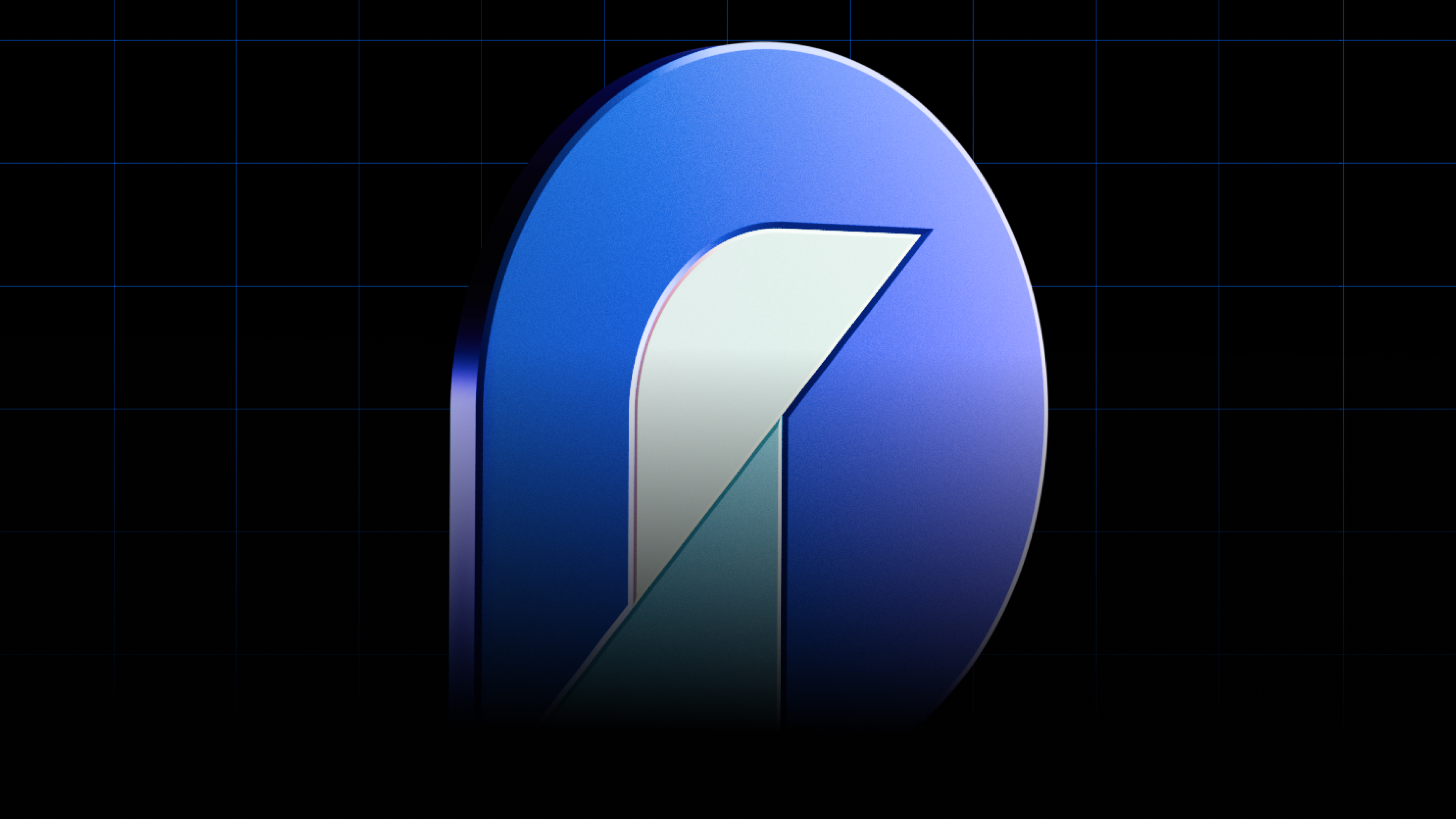Thanks to the Async Art team for publishing this article with us!
Back in February when we first launched Async Art in a modest gallery in front of a global livestream audience, we had no idea that this platform would catch fire so quickly throughout the cryptoart community. We wanted to share a whole new way to create, collect, and experience digital art. If there is any indication in the last several weeks, it is this: the concept of programmable art is not only understood and accepted but can be expanded upon to include even more possibilities in the future.
Before we dive deeper, let’s take a step back and review the core concepts behind Async Art.
How Blockchain Makes This Possible
Blockchains are public infrastructure that enable digital, verifiable, and immutable transactions to be conducted between authenticated users. They’re a global, agreed-upon source of truth which anyone can read and write to.
When an artist mints their work on Ethereum, they’re deploying a single piece of media which at any time can verifiably show who created it and who currently owns it. It becomes a tradable, digital token (NFT) which the artist can then sell and which collectors can use to prove ownership.

Art that is Programmable
When an artist mints programmable art, they’re instead deploying a set of instructions for how their finished media should be rendered. These instructions can be modified via layer tokens, with abilities like state change, positional movement, or color alteration.

Why Does It Matter?
Digital art is constantly emulating the same capabilities and functions of the physical art world. From custom Photoshop brushes that copy watercolor textures to digital VR galleries that simulate the feeling of viewing a physical work, it’s always following a precedent set by real world constraints.
With the advent of programmable art, digital art now has the capability to surpass that of the traditional. Art can now be shared between multiple owners who dynamically change it across space and time. A whole new dimension has been opened for the digital realm which has never been possible before.
How does Async Art work?
An Async Art piece consists of two token types: the Master and its Layers. Master tokens denote ownership of the entire piece while Layers are what compile to generate the final image.

Take “First Supper” as an example. This is our largest Async Art collaboration with 13 different artists contributing 22 Layers. It’s currently owned across 10 different collectors.
Layer 1 or “Wallpaper” contains the background wallpaper. This has multiple states, all provided by the artist, Shortcut.


Layer 9 (“About Cats and Fingers”) by MLIBTY contains the ceiling and giant finger that the owner can horizontally move and rotate within the artist’s pre-defined constraints to point at any of the guests sitting at the table.

The piece takes on new meaning each time it changes.

An Async Art piece will look completely different weeks, days, or even hours after it’s created. It’s owners can be distributed across the globe separated by space and time, all whilst collaborating through a shared language that the original artist has defined for them.
Autonomous Artwork
A couple of weeks ago we released the first ever autonomous Async artwork. The difference here is that autonomous artwork has Layers updated via a server that periodically pushes transactions rather than human input. The server is running open source code and is referencing real world data to determine its changes.
For example, “TXU.TOTEM” and “Day/Night” are programmed to trigger visual changes at 6AM and 6PM to mirror day and night cycles. TXU.TOTEM is tied to the UTC timezone while Day/Night’s timezone can be determined by one of its Layer tokens.


There are other autonomous pieces like “Dictatorship” where the viewer has a window into the artist’s personal world where different characters and events unfold based on the day of the week, month, or even season.

In “Masked”, a woman is portrayed reading a magazine while wearing a face mask. The opacity of the face mask will increase or decrease in opacity each day based on the newly confirmed cases of COVID-19 as released by the John Hopkins CSSE.

What’s Next?
With autonomous artwork, we’ve introduced the concept of “Gas Tanks”, a public ETH address that helps fund the transactions that render the autonomous changes in the artwork.
Just like a physical painting that needs to be maintained or a vintage watch that needs to be wound, an autonomous artwork needs upkeep. Since a Gas Tank is a public address, anyone can add and consequently contribute to the tank! We’re really excited to see how artists and collectors experiment with this new feature.
Art has evolved and will never be the same.
To check out the latest Async artwork: https://async.art/gallery
To learn more about the platform: https://async.art
.jpg)
Thanks again to the Async Art team for publishing with us. Like what you see? Check out the Async Art marketplace on OpenSea!










.png)
.png)


.png)